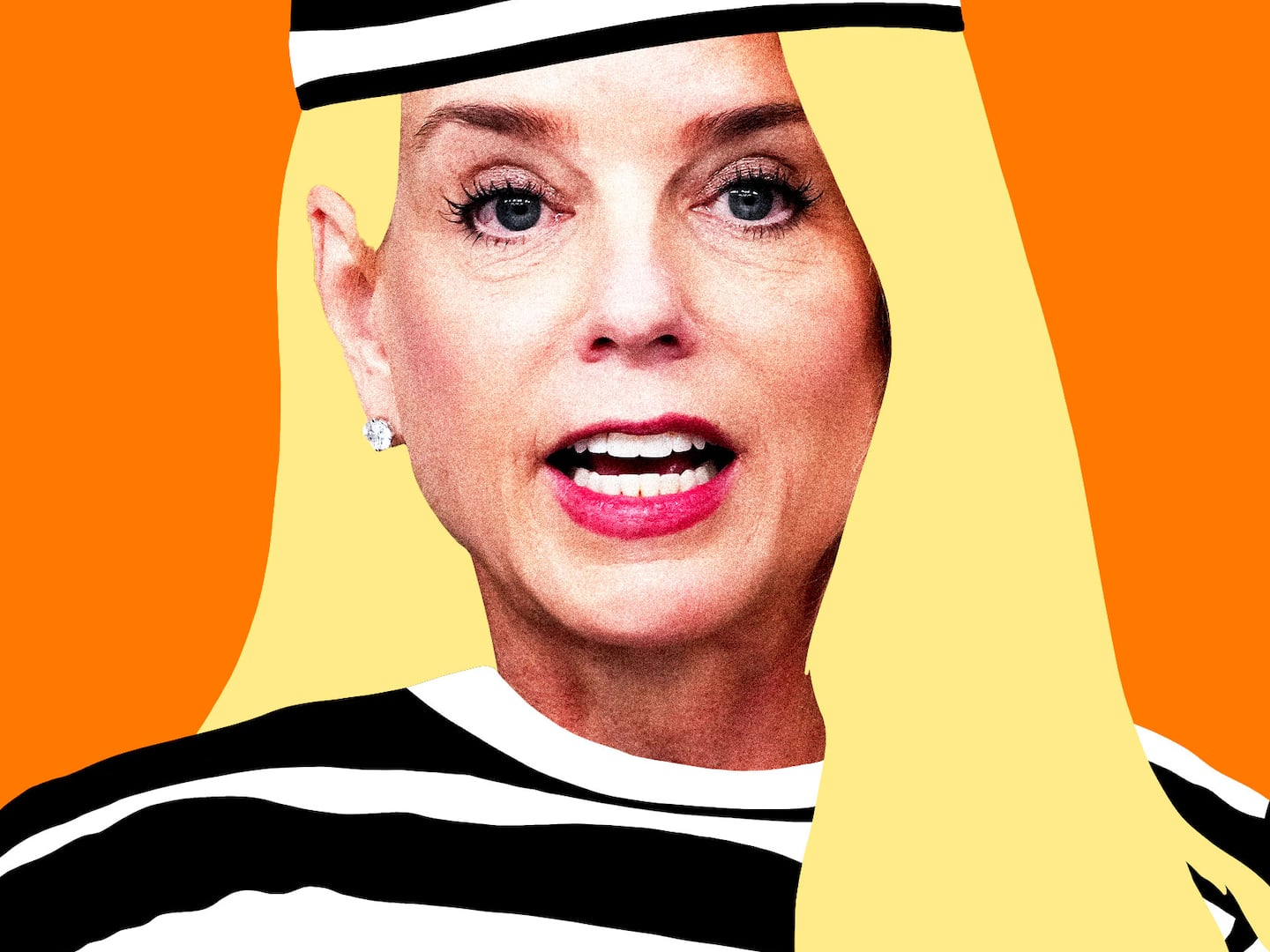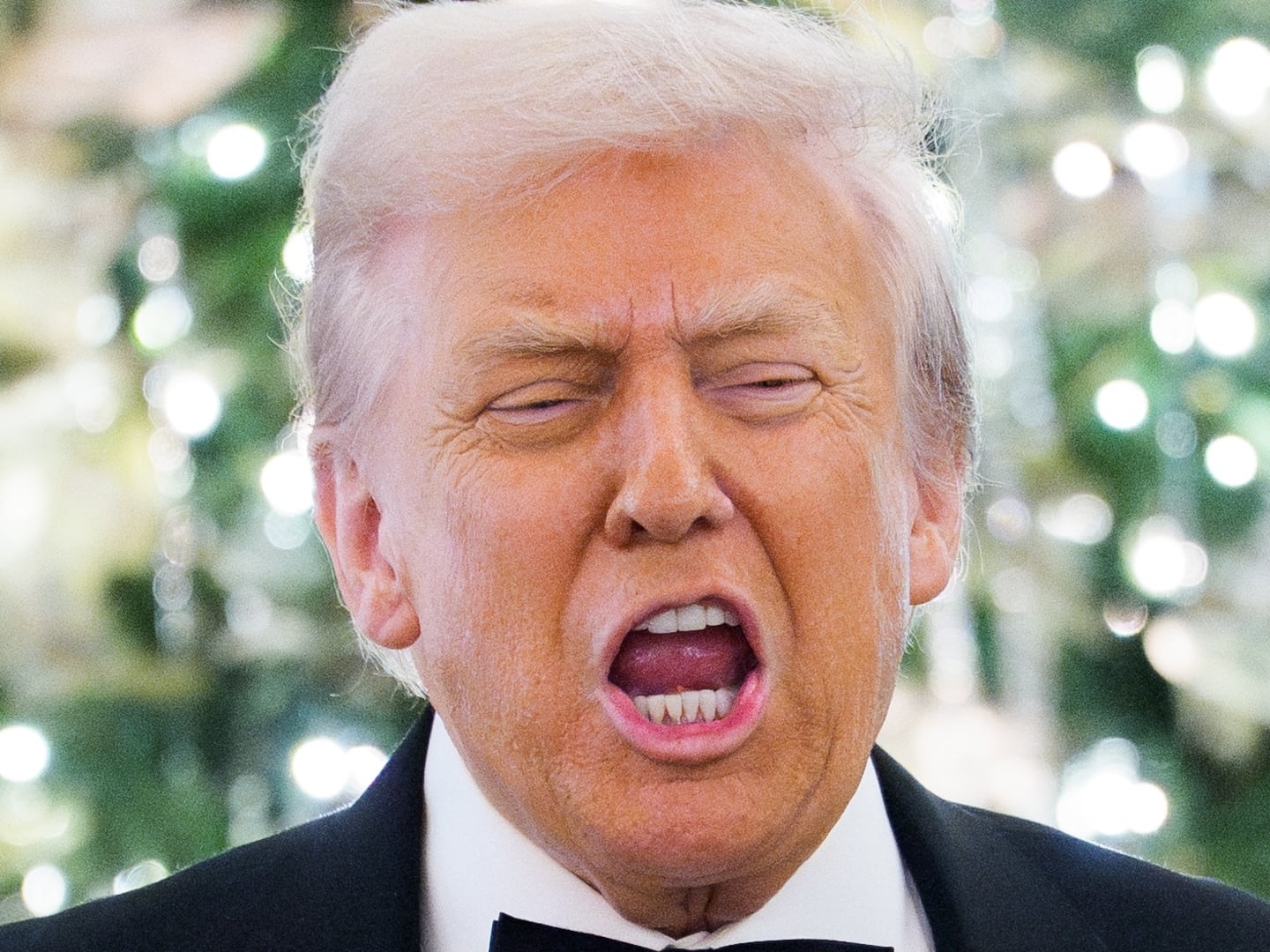President Obama’s nine-day trip to Asia is worth a look back to fix two potent problems, past and future. First, the trip’s limited value per day of presidential effort suggests a disturbing amateurishness in managing America’s power. On top of the inexcusably clumsy review of Afghan policy and the fumbling of Mideast negotiations, the message for Mr. Obama should be clear: He should stare hard at the skills of his foreign-policy team and, more so, at his own dominant role in decision-making. Something is awry somewhere, and he’s got to fix it.
Click Image Below To View Our Gallery Of Obama’s Trip

Secondly, the Asia trip presented an important opportunity to carve out a new American leadership role in the world’s most dynamic economic region, and Mr. Obama missed it. He only scratched the surface in his calls for multilateralism and mutual understanding. He needs to paint pictures of how Washington will help solve regional security and trade problems. Otherwise, most Asian nations will continue their unwanted drift toward China and away from the United States.
A meditation on his journey should start by forgetting half of the last week’s commentary. Unbelievably, some criticized Obama for not getting China to “throw its weight around.” What Asian leaders want that? None that I know of. Others lamented that Obama couldn’t make “demands” on China anymore. The presumption here is that China is now king, and that Washington can no longer have its way with Beijing. The facts are that Washington never did boss Beijing around, and that China is not now ruling the roost (more accurately, it’s sitting on its own eggs). Others contended that Obama continued his pattern of trashing America’s friends and coddling its authoritarian enemies like China. It’s hard to stomach this nonsense from the same conservative crowd that forever praised George W. Bush for accommodating China and alienating America’s allies.
• Martin Jacques: Why America Must Learn to Bow• Richard Wolffe: Obama's Bad TripSome analysts played fair and acknowledged that administration officials tried to tell reporters not to expect “deliverables” on the trip, and to see the journey more as a recognition of Asia’s new importance and America’s desire for a new co-operative spirit. That’s a commendable thought, but hardly justification for almost two weeks of the president’s time (when you consider preparations)— especially when he’s got a tanking economy, health-care reform woes, and decisions to make on Afghanistan. Presidents take trips like this one only when they need breakthroughs and accomplishments on certain issues that can’t be agreed on without the pressure of an impending presidential visit. In fact, most presidents wouldn’t even commit to trips abroad without knowing that key deals would be finally agreed on and announced during the visit itself. The prospective visit is the power jackhammer to nail down the deals. Just take a gander at trips planned for Richard Nixon by Henry Kissinger or for George H. W. Bush by James Baker.
Obama’s travels were a chance to settle or make concrete progress on thorny issues like greenhouse-gas emissions, and the fate of U.S. bases on Okinawa, which the new Japanese government insists on moving. It was time to announce ways to gain fixes on the U.S.-South Korean trade treaty, long stalled in Congress. It was a moment to show that Beijing would actually make some mutually beneficial compromises on exchange rates or economic sanctions against Iranian and North Korean nuclear programs. Absent guarantees of progress on issues such as these, Mr. Obama should have taken a well-deserved vacation in Hawaii.
Matters were made worse on the scene. It was not good optics for Obama to bow to Japan’s emperor. He seems to do this stuff spontaneously and inexplicably, as with his bow to the Saudi King some months ago. And it was truly unfortunate that Obama and his aides didn’t flatly insist that he be allowed to address the Chinese people directly on television and meet with non-stacked Chinese groups—as has been the case during previous presidential visits. Beijing’s leaders obviously didn’t feel confident enough of their own standing at home to give the popular Mr. Obama such access. But he and his team should have made it a precondition of the visit. Its absence left an unhappy taste.
The Asia trip presented an important opportunity to carve out a new American leadership role in the world’s most dynamic economic region, and Mr. Obama missed it.
The White House might try to blame the State Department (such an easy and delicious target) for the missteps. But State’s role in the conceptual planning of the trip was not central, and the department’s senior Asia hand, Kurt Campbell, surely knew better. It’s also hard to tar the National Security Council’s own senior Asia expert, Jeff Bader, another pro like Campbell. Perhaps even higher officials at the NSC dropped the ball. Perhaps Mr. Obama might take responsibility himself, as President Kennedy did after the Bay of Pigs fiasco in 1961. Now, that would truly clear the air—and open the door to some obvious and necessary changes in the administration’s decision-making machinery. Every decision, large and small, is shaped and made by the president himself and enforced by Denis McDonough, a deputy NSC adviser and the administration’s Lord High Executioner. Does Obama get enough pushback? Is he hearing a range of views? Can he see that his powerful intellect might profit from bowing to the voices of experience? If Mr. Obama reflects on the Asia journey and other mishaps, he might loosen the reins and bring in additional policy and diplomatic pros as inside counselors or outside advisers.
If most Asia hands inside and outside the government had designed the Obama trip, here’s what they would have advised: Go beyond the usual and trite message of building mutual understanding and cooperation, and stop invoking the God of Multilateralism without spelling out America’s leadership role. Asia is now overflowing with multilateral organizations. Washington is a member of a few key ones, like Asia-Pacific Economic Cooperation and the Asian Development Bank. But that has little to do with other new and key groupings such as the Shanghai Cooperation Organization (Russia, China, Uzbekistan, etc.) and ASEAN, the association of Southeast Asian nations. Asian nations are increasingly organizing themselves into these groups, and Washington hasn’t really figured out its role. Most Asian nations want that role to be a prominent one—in fact, the leadership position. They’re afraid of China, afraid that China won’t be as attentive to their concerns in the future as America was in the past. At the same time, they don’t want Washington to come into these groupings and cause problems with Beijing. They want Washington to figure out a leadership position constructed on the proven American ability to help solve common problems in the common interest. They want an America they remember, one that can get things done and doesn’t let problems fester.
That U.S. policy was the main missing ingredient on Obama’s trip. Washington played architect and solidified its leadership in Europe after World War II with NATO, the Marshall Plan, and various trade and economic organizations like the World Bank. Asian nations are yearning for the same kind of creativity today from a brilliant American president in the new Pacific Era.
Leslie H. Gelb, a former New York Times columnist and senior government official, is author of Power Rules: How Common Sense Can Rescue American Foreign Policy (HarperCollins 2009), a book that shows how to think about and use power in the 21st century. He is president emeritus of the Council on Foreign Relations.






